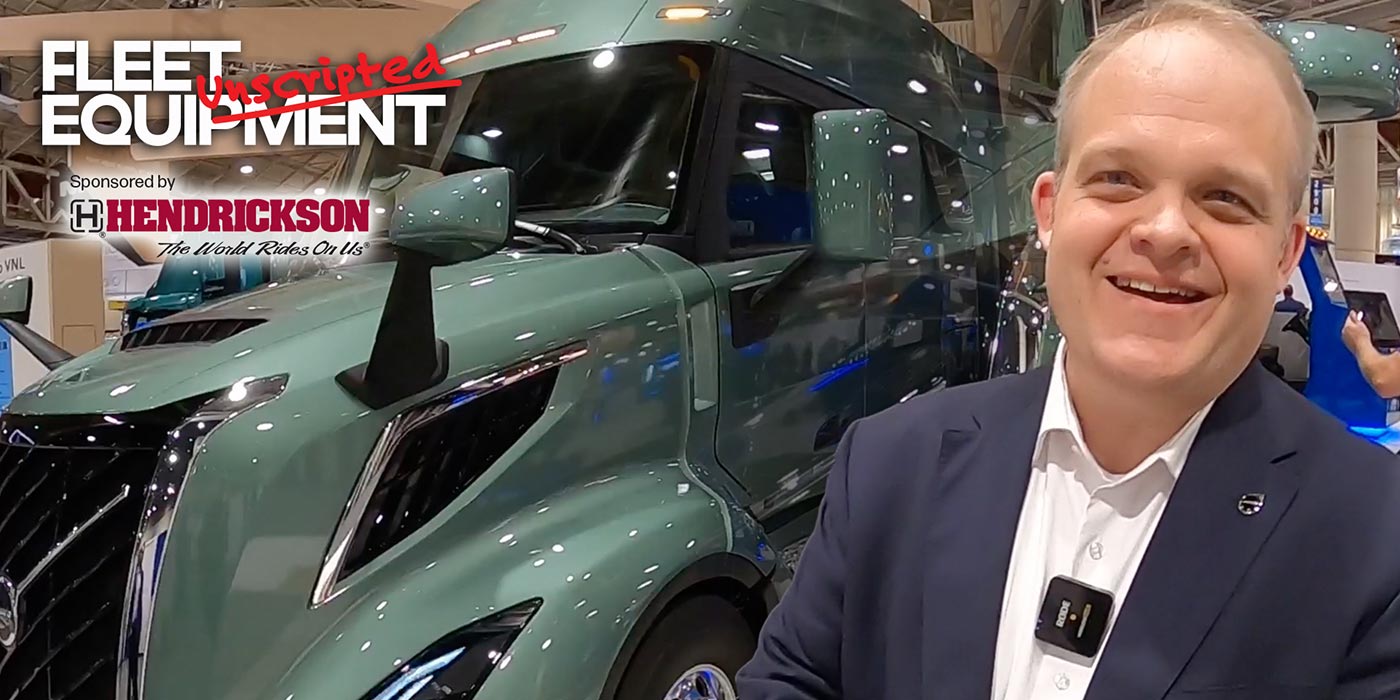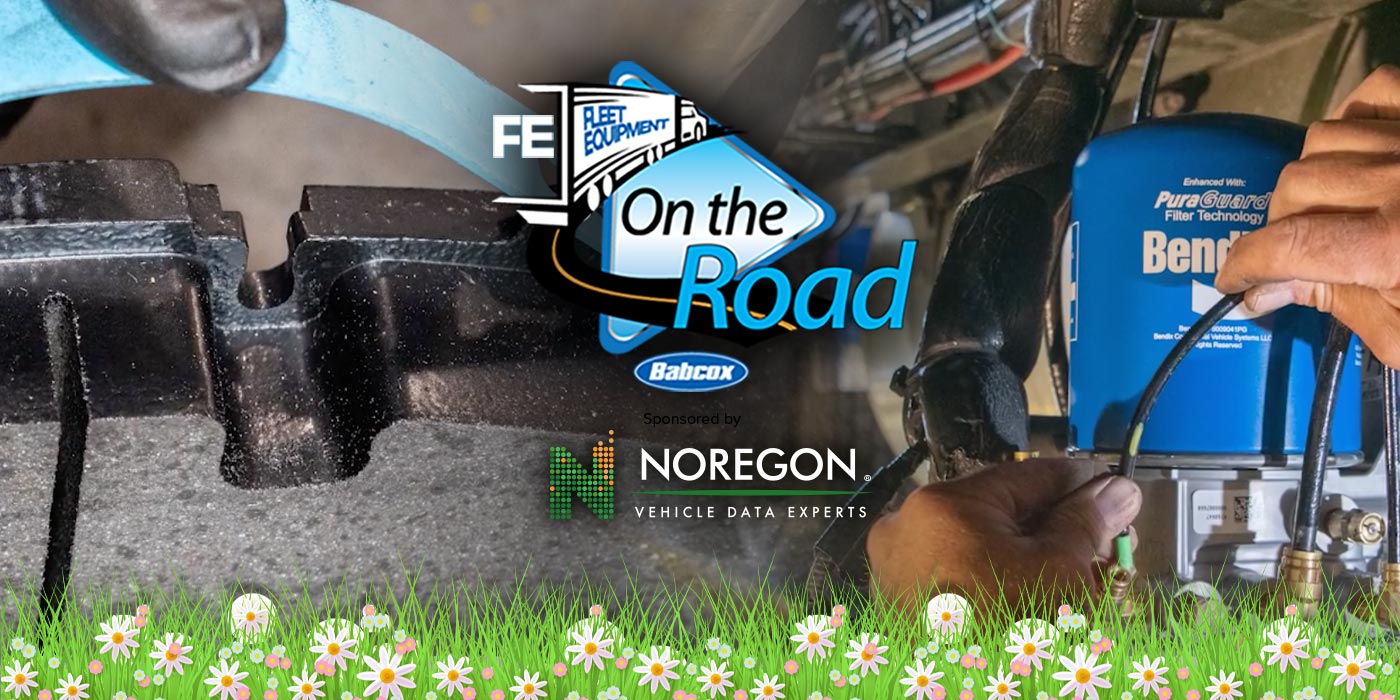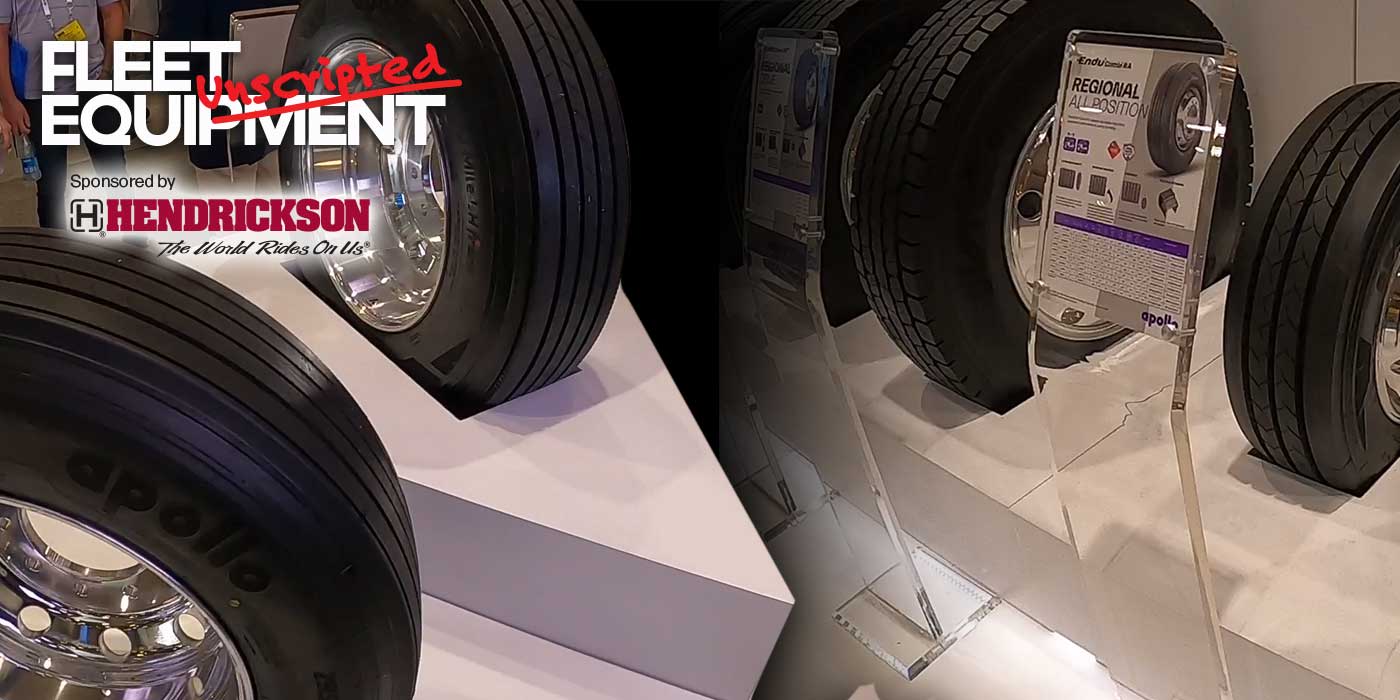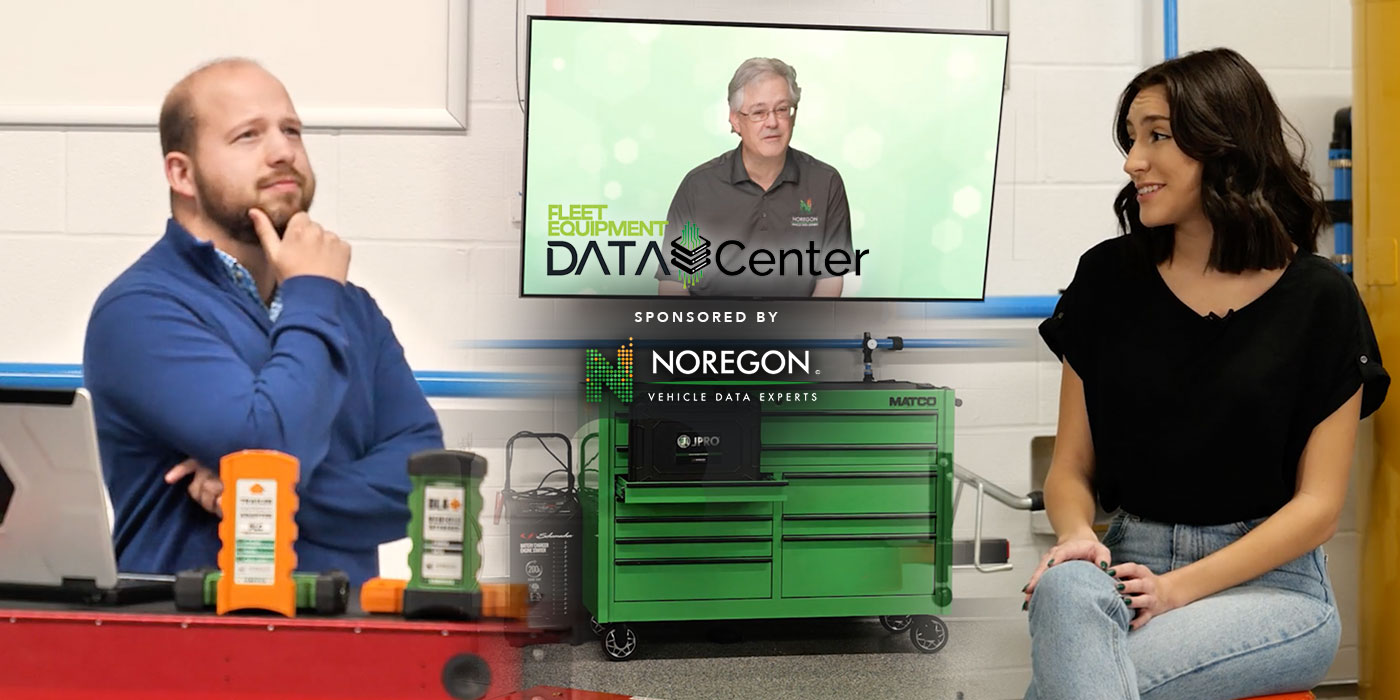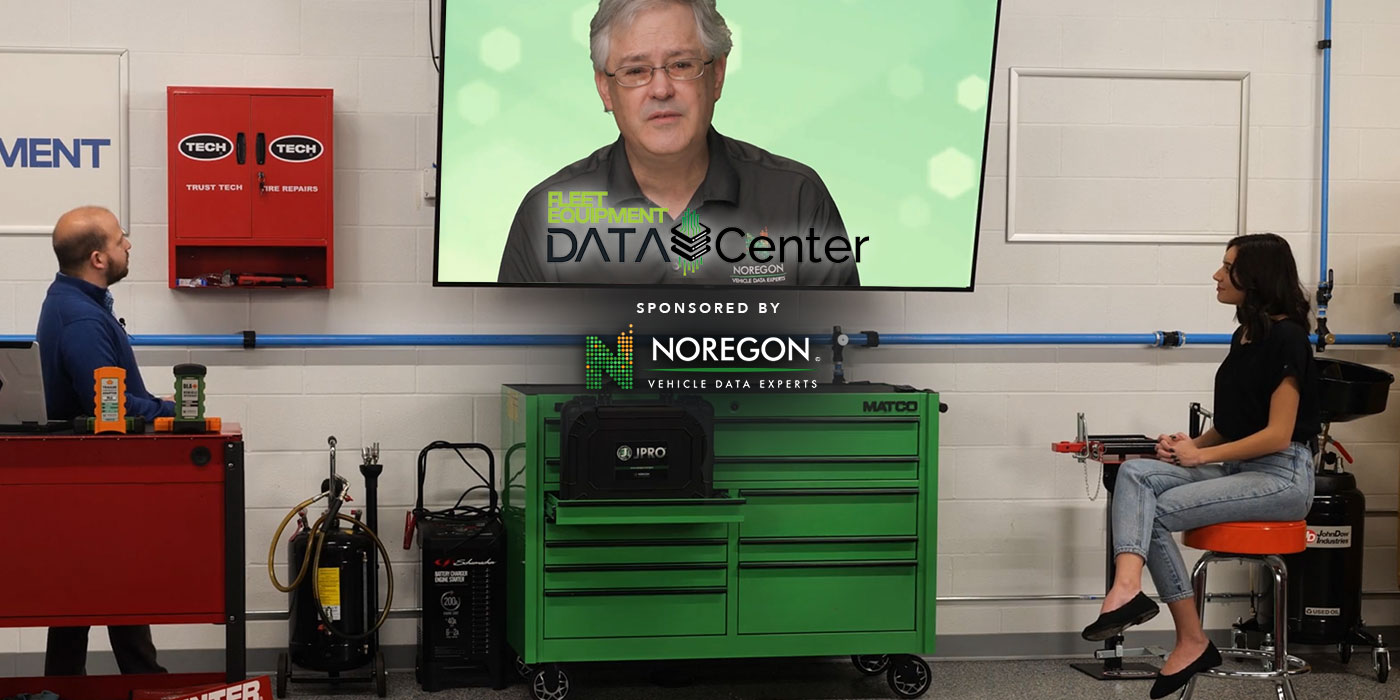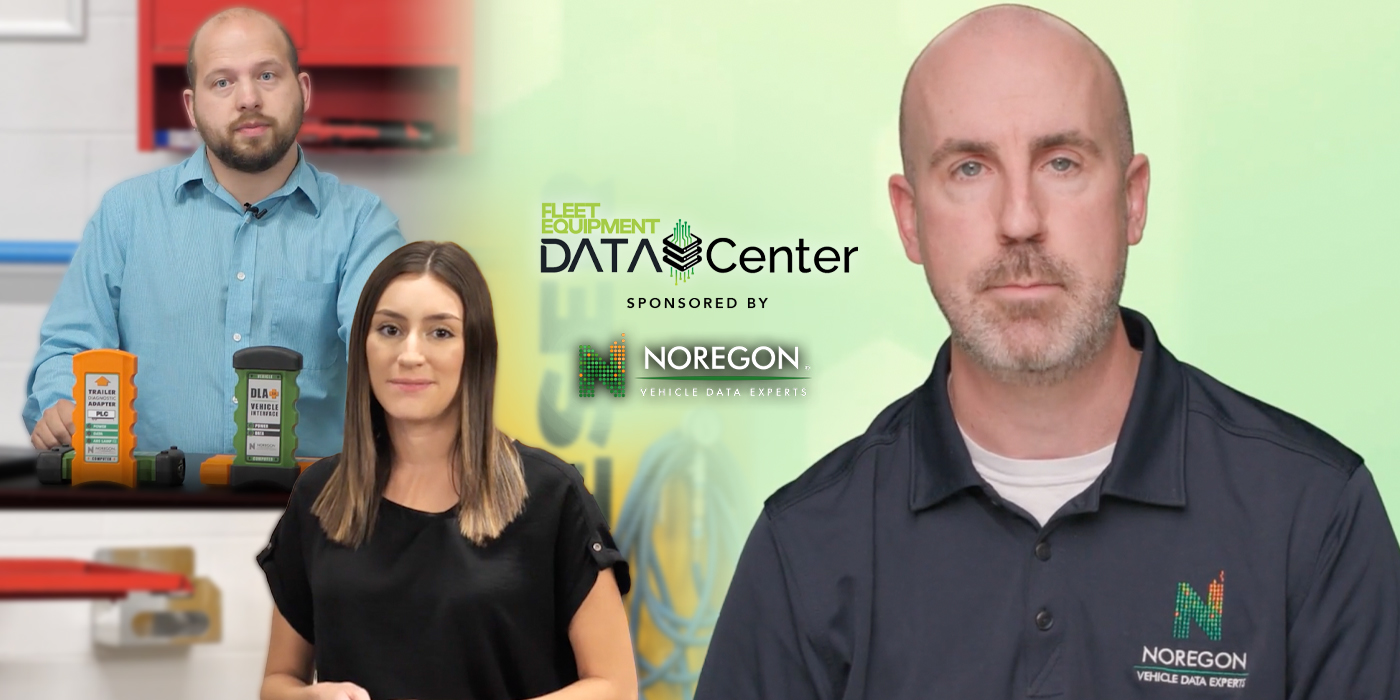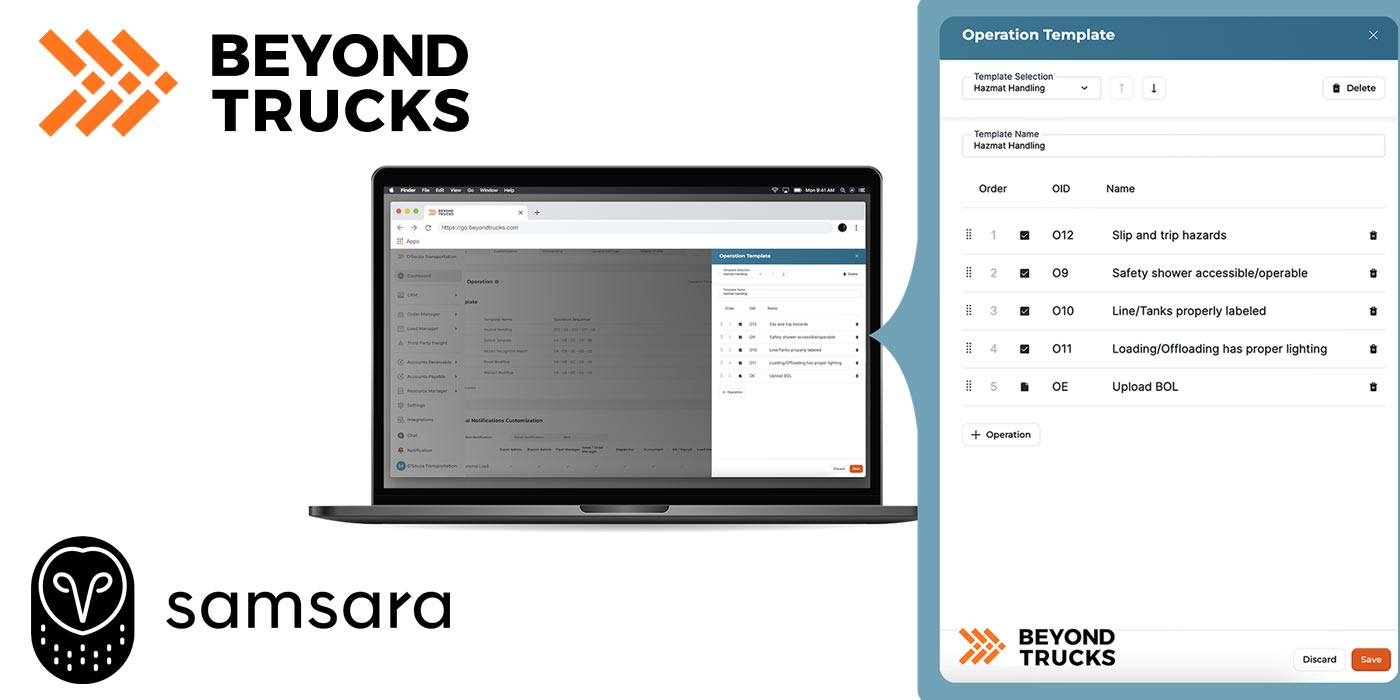The industry harps constantly on the importance of using data to improve efficiency and assist in expediting repair services, but with access to all of this aggregated data, that can be easier said than done. However, if used correctly, these benchmark findings can help you to gain a better understanding of things like:
- Turnaround time for specific repair services
- Predicting parts and labor costs for said repair
- Identify the phases of the repair process that consume the most amount of time
Benchmarking brings together all of your service data, highlights best practices where they’re working and notes the areas that your shop needs to improve upon. This, in turn, can help move along the repair with little to no unnecessary delays.
Moving trucks in and out of bays faster is one thing, but making sure that you aren’t doing it at the expense of high-quality repairs is the bigger challenge. What you don’t want are unexpected comebacks, not only is that bad for business, but it’s also more downtime for the fleets you serve.
It is important to focus on finding a balance between speed and quality, and to use benchmarking as a tool to identify areas of improvement. By analyzing the performance of other successful shops in your industry against your own data, you can identify best practices and implement them in your own shop to improve efficiency and quality.
The end goal of heavy-duty truck shop benchmarking is to assess your shop’s efficiency and enhance your service procedures, not speed through them by sacrificing quality. What are some of the best practices for analyzing shop through-put and which parts should service managers look to improve? Watch the video above to find out.
Fleet Equipment’s Data Center is sponsored by Noregon. Subscribe to our newsletter to catch every episode as we’ll be diving into use cases, talking with the data pros and making data usage approachable.


